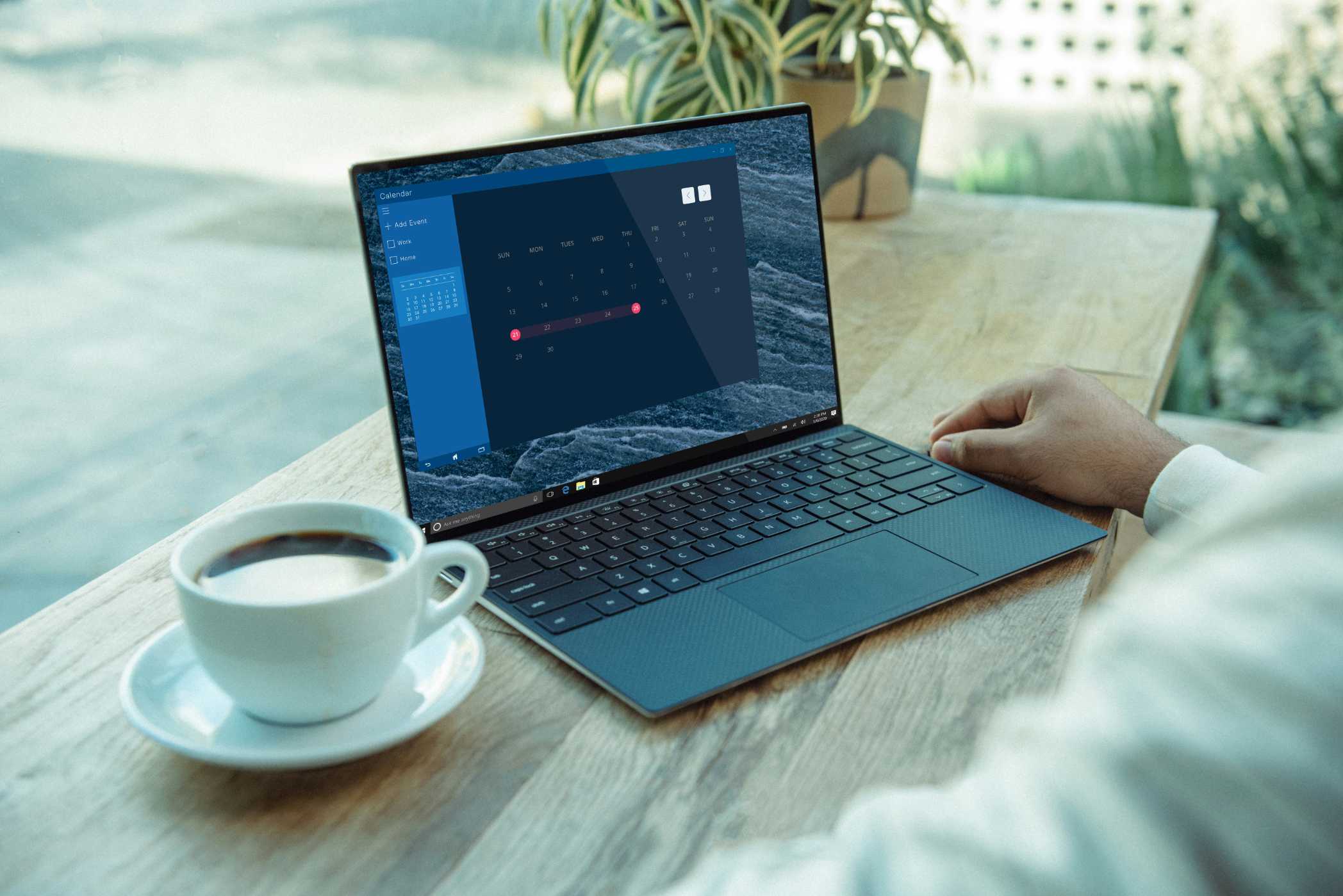What is Solana? The High-Speed Blockchain
An overview of Solana, a Layer 1 blockchain designed for high performance and scalability, known for its fast transaction speeds and low costs.

In the competitive landscape of Layer 1 blockchains, Solana has emerged as a major contender, designed from the ground up to address the scalability challenges that have faced networks like Ethereum. Solana is a high-performance, open-source blockchain that aims to provide the throughput required for mainstream, global-scale decentralized applications.
Solana's core value proposition is speed. While Ethereum prioritizes decentralization and security, sometimes at the cost of speed, Solana makes a different set of trade-offs, optimizing for raw performance to enable applications that require near-instant transaction finality, such as high-frequency trading and interactive gaming.
The Core Innovations of Solana
Solana achieves its high speed through a combination of unique architectural features, the most famous of which is Proof-of-History (PoH).
- Proof-of-History (PoH): This is not a consensus mechanism itself, but a cryptographic clock that helps the network agree on the order of events without having to wait for other nodes. PoH creates a verifiable, timestamped record of all transactions. This allows validators to process transactions in parallel, as they can trust the timestamped order created by PoH, which dramatically increases the network's capacity.
- Tower BFT: Solana's actual consensus mechanism is a version of Proof-of-Stake (PoS) that is optimized for and supercharged by Proof-of-History.
- Parallel Transaction Processing: Because of PoH, Solana can process transactions that don't affect the same state in parallel, unlike the sequential processing of most other blockchains.
This architecture allows Solana to theoretically handle tens of thousands of transactions per second, with very low fees (often less than a fraction of a cent).
The Solana Ecosystem
- Programming Language: Developing on Solana is primarily done in Rust, a language known for its performance and safety. This presents a steeper learning curve than Ethereum's Solidity, but it allows for highly optimized programs.
- Use Cases: Solana's speed makes it particularly well-suited for high-frequency applications like decentralized exchanges (DEXs), on-chain derivatives, and Web3 games that require real-time interaction. It has also become a major hub for NFT activity due to its low minting costs.
Challenges and Trade-offs
Solana's focus on performance has led to certain trade-offs and challenges:
- Decentralization: Achieving its high performance requires powerful hardware for its validator nodes. This high barrier to entry can lead to a more centralized set of validators compared to Ethereum.
- Uptime: The network has experienced several outages in its history, where the chain has halted due to bugs or network stress. While reliability has improved significantly, this remains a concern for some users.
Solana represents a different approach to solving the blockchain trilemma. By prioritizing scalability, it has created a platform that enables a new class of high-performance dApps. While it faces ongoing challenges, its vibrant developer ecosystem and commitment to speed make it one of the most important and closely-watched projects in the Web3 space.
Frequently Asked Questions
1. Is Solana an L1 or L2?
Solana is a Layer 1 (L1) blockchain. This means it is a foundational blockchain with its own consensus mechanism and security, not a Layer 2 solution built on top of another chain like Ethereum. For an overview of how it compares to other L1s, see our guide on the Solana blockchain.
2. What makes Solana different from Ethereum?
The main difference is its architectural approach to the blockchain trilemma. Ethereum prioritizes decentralization and security, using L2s for scalability. Solana is designed for high speed and low cost from the ground up on its L1, using innovations like Proof-of-History.
3. What is Proof-of-History (PoH)?
PoH is not a consensus mechanism but a cryptographic clock. It creates a verifiable, timestamped order of transactions before they are processed by the network's Proof-of-Stake consensus. This allows for parallel processing and is a key reason for Solana's high speed.
4. What language is used to develop on Solana?
The primary language for Solana smart contract (or "program") development is Rust. This is a powerful but more difficult language than Solidity, which has been a barrier to entry for some developers. Our guide on building with Solana and Rust provides an introduction.
5. Why has Solana's developer activity declined?
Solana's developer activity has seen a decline due to several factors, including the collapse of its biggest supporter (FTX), past network stability issues, and strong competition from Ethereum's EVM-compatible Layer 2s, which offer an easier development environment for most Web3 builders.


